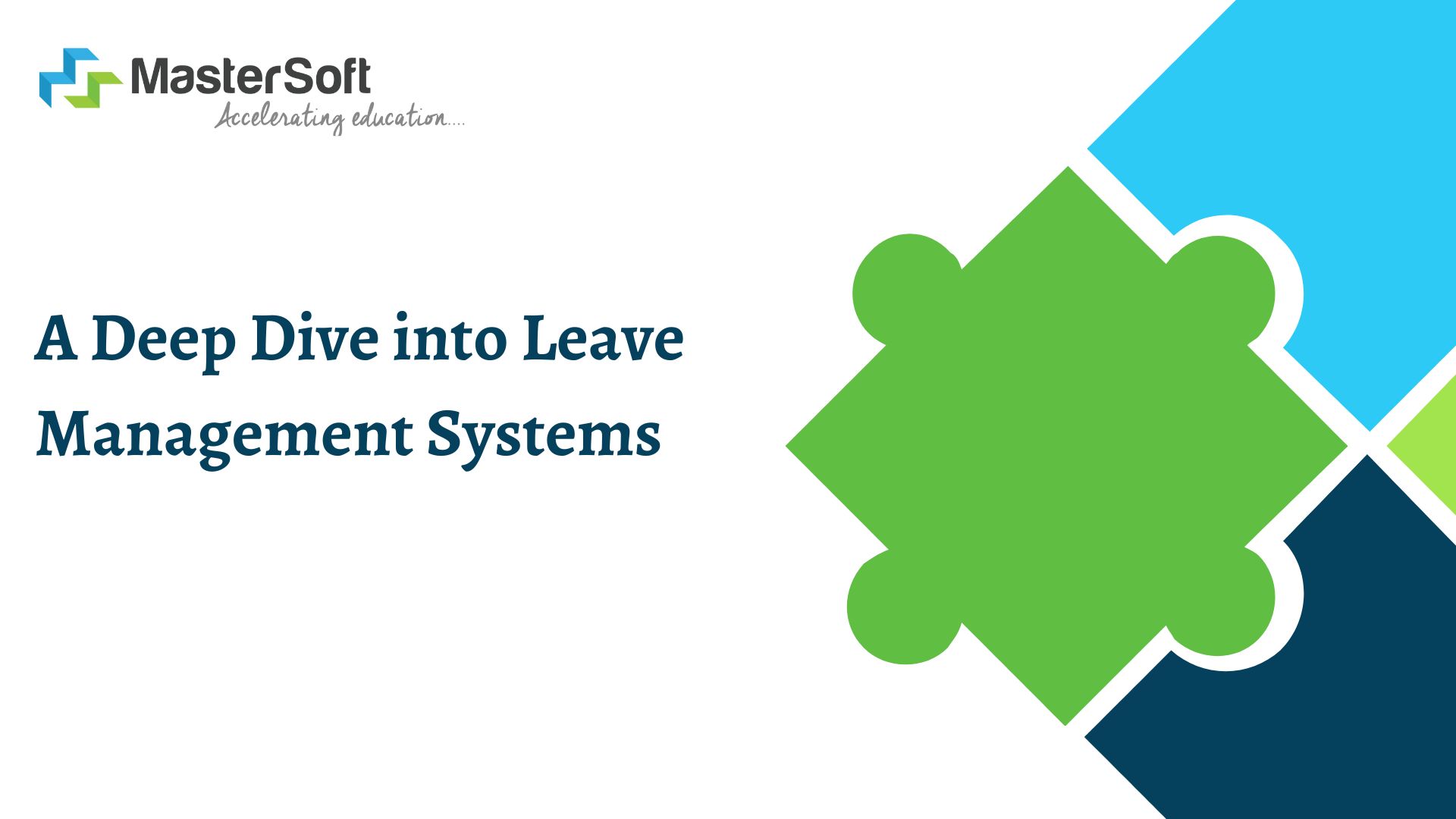
Understanding Leave Management Systems:
Leave Management Systems (LMS) have emerged as indispensable tools for modern businesses seeking to streamline their workforce operations. These digital solutions revolutionize the traditional leave management process, offering a centralized platform for both employees and HR professionals. This blog aims to unravel the intricacies of Leave Management Systems, shedding light on their features, advantages, potential challenges, and the transformative impact they have on workforce dynamics.
Key Features of Leave Management Systems:
-
Online Leave Requests: LMS empowers employees to submit leave requests seamlessly through an online interface, eliminating cumbersome paper-based processes. This feature not only boosts accessibility but also expedites the entire leave application procedure.
-
Automated Approval Workflows: Automation lies at the core of LMS, streamlining the approval process through predefined workflows. This ensures swift approvals while maintaining consistency and fairness in decision-making.
-
Real-time Leave Balances: LMS provides employees and managers with real-time access to leave balances, fostering transparency and aiding in effective leave planning. The system minimizes errors in balance calculations and mitigates the risk of leave conflicts.
-
Integration with Calendars: Many LMS platforms seamlessly integrate with digital calendars, allowing employees to synchronize their leave schedule with other work commitments. This integration enhances overall schedule management and coordination.
-
Comprehensive Reporting: Robust reporting capabilities of LMS empower HR professionals to generate insightful reports on leave trends, absence patterns, and other relevant metrics. These insights play a pivotal role in strategic workforce planning.
Benefits of Implementing Leave Management Systems:
-
Efficiency and Time Savings: LMS’s automation of leave processes significantly reduces the administrative burden on HR teams and employees. The shift towards digital leave requests, automated approvals, and real-time tracking translates into enhanced operational efficiency.
-
Accuracy in Leave Tracking: Manual leave tracking is prone to errors, leading to discrepancies in leave balances. LMS automates this tracking process, ensuring accuracy and providing up-to-date leave balances for all employees.
-
Transparency and Accessibility: LMS promotes transparency by allowing employees to view their leave balances, request statuses, and company-wide leave calendars. This transparency fosters trust and empowers employees to manage their leave effectively.
-
Policy Compliance: Enforcing leave policies consistently is a breeze with LMS. By automating approval workflows and issuing alerts for policy violations, the system ensures that leave requests align with organizational guidelines.
-
Strategic Workforce Planning: The reporting capabilities of LMS offer valuable insights into leave trends, empowering HR professionals to identify patterns, plan for peak leave periods, and make informed decisions for maintaining overall productivity.
Challenges and Considerations:
-
Implementation Challenges: The introduction of a new system may face resistance from employees accustomed to traditional leave processes. Successful adoption requires effective communication and comprehensive training.
-
Data Security and Privacy: Given the sensitivity of employee information, robust data security measures are imperative. Compliance with data protection regulations and encryption protocols safeguards employee privacy.
-
Customization for Organizational Needs: Organizations often have unique leave policies and approval hierarchies. LMS should be customizable to accommodate these specific requirements, ensuring alignment with the organization’s leave management practices.
-
Training and Support: Adequate training and ongoing support are critical for the successful implementation and use of LMS. Providing resources and assistance help employees and HR professionals navigate the system effectively.
Transformative Impact on Workforce Management:
-
Employee Satisfaction and Engagement: LMS significantly contributes to employee satisfaction by providing a user-friendly and efficient leave management process. The transparency and accessibility offered by the system enhance overall employee experience and engagement.
-
Improved Workforce Productivity: The streamlined leave processes reduce administrative overhead, allowing HR teams to focus on strategic initiatives. Employees can plan their leave more effectively, minimizing disruptions and ensuring continuous workflow.
-
Strategic Resource Allocation: LMS provides insights into leave patterns, enabling organizations to strategically allocate resources during peak leave periods. This contributes to better workforce planning and prevents potential staffing gaps.
-
Compliance and Audit Readiness: By automating leave approval workflows and maintaining accurate records, LMS ensures compliance with organizational policies and regulatory requirements. The system also facilitates easier audits by providing a comprehensive leave history.
-
Adaptability to Remote Work Environments: In the era of remote work, LMS becomes even more crucial for managing leave in distributed work environments. Employees can submit leave requests and access leave information seamlessly, regardless of their location.
Conclusion:
The adoption of Leave Management Systems represents a paradigm shift in how organizations approach workforce management. By leveraging automation, enhancing transparency, and providing valuable insights, LMS contributes to a more efficient and strategic approach to leave management. While challenges exist, the long-term benefits, including improved employee satisfaction, enhanced productivity, and streamlined processes, make the adoption of LMS a worthwhile investment for organizations navigating the complexities of modern workforce management. As the workplace continues to evolve, Leave Management Systems stand as essential tools for fostering a productive, engaged, and well-managed workforce. Embrace the digital era of workforce management with the transformative capabilities of a Leave Management System.


